Are all sunglasses made equal? Which are the best sunglasses to wear? Should children wear sunglasses?
Sunglasses are great! Not only can they improve your comfort on a sunny or glarey day, but they protect your eyes, they’re fun and they can be an integral accessory for the budding fashionista!
With so many functions, how do we make sure we have the best pair for our eyes and the occasion?
Sunglasses protect your eyes from UV light
It’s no secret that the sun in New Zealand has the power to cause significant damage to us mere mortals. The Cancer Society NZ does great work educating about the benefits of sunscreen, sunhats and sunglasses. It is the sun’s ultraviolet (UV) rays that do the most damage to human tissue. UV radiation is a natural form of energy produced by the sun. You can’t see UV light, but you can feel it as warmth on your skin.
There are two types of UV light; UV A and UV B. Both types of UV light can do you harm. Unprotected exposure to these forms of light can cause damage to the DNA in our skin, causing skin cancer, premature skin aging and can also damage the tissue of the eyes.
UV damage to the eyes can cause/contribute to;
- Cataracts
- Cancerous lesions on the eyelids, outer eye and inner eye.
- Age Related Macular Degeneration
- Pterygium
- Pinguecula
- Photokeratitis (ultraviolet keratitis) which is simply sunburn of the cornea. A temporary, but very uncomfortable condition.
How do I know if they have the correct UV protection?
Unfortunately you can’t tell if your sunglasses have the full UV protection just by looking at them. The level of UVA and UVB that they block should be labelled on the sunglasses. When purchasing you want to check the labelling, look for something that says “100% protection against both UVA and UVB” or “UV 400 protection.”
UV400 is the highest UV protection rating available.
In New Zealand there is currently no law requiring sunglasses or fashion glasses to meet the UV standards. So sunglasses can legally be sold without UV protection. However it is very comforting to know that recent consumer investigations found that most sunglasses sold over a selection of outlets in New Zealand did meet the standards, and were UV400.
Most sunglasses made in the past few years have the UV protection incorporated in the lens rather than coated on the top of the lens. It is possible for UV coatings to delaminate and peel off. So be wary that older sunglasses that look like the outer surfaces are peeling or flaking may not be giving you the best UV protection.
You can take your sunglasses to your local Optometry practise, and ask to have the UV levels checked. Some practises will have their own photometer in store. These machines can determine how much UV light the lens blocks.
If they have the machine onsite it will take less than a minute to check them, and most eye care practioners won’t charge for this service. However if they need to send your sunglasses away to be tested, there is likely to be a cost involved.
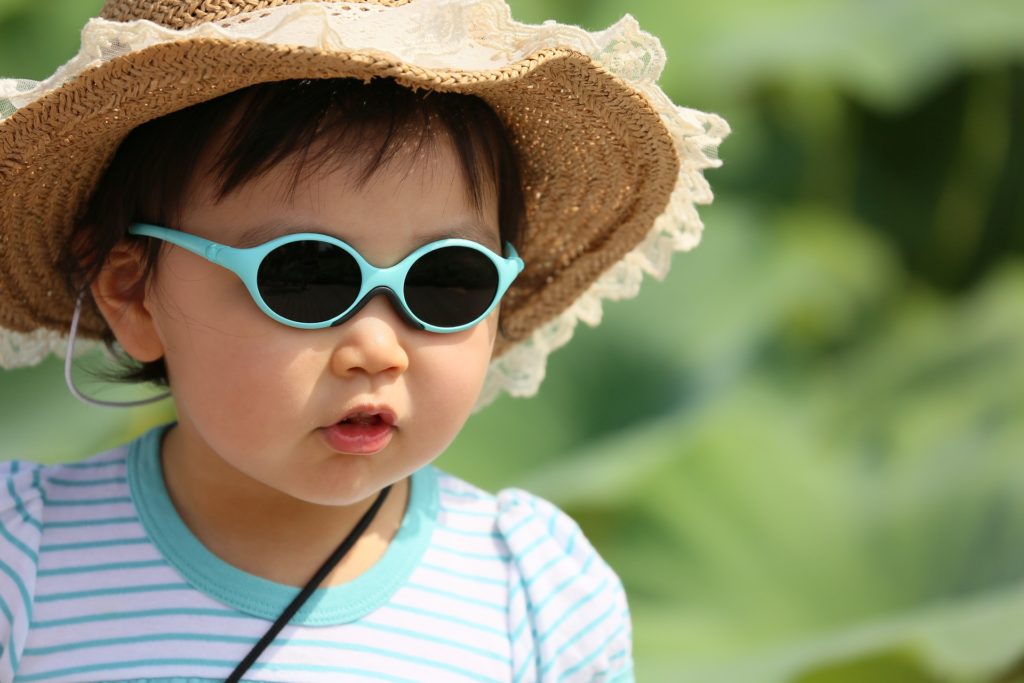
Do children need sunglasses?
Yes – children also need to wear sunglasses. But as most parents know, keeping hats or sunglasses on young children can be close to impossible. So ensuring a comfortable fit becomes more important for children, as this may increase the chance of them keeping the sunglasses on!
A wide-brim hat is also recommended for children and this does go some way to protecting the eyes from damaging UV light.
The World Health Organisation, WHO, recommends children be protected from UV rays because they are more exposed to the sun since they tend to spend more time outdoors than most adults. WHO estimates that up to 80 per cent of a person’s lifetime exposure to UV is received before the age of 18 years.
What else can sunglasses be useful for?
Sunglasses can help if you are light-sensitive or photophobic
Light sensitivity or photophobia are common issues for many people.
Photophobia is the word we use to describe when people have an increased sensitivity to light. This is when bright lights cause pain, which often feels like it is in or behind the eye. The exact translation of the word actually means fear of light. People with extreme cases may feel the need to wear sunglasses inside.
One source of light sensitivity is eye disease. Many eye conditions also cause light sensitivity, such as; Cataracts, Macular Degeneration, Iritis and Glaucoma.
Glaucoma is one such condition that can increase a person’s light sensitivity, leading those affected individuals to wear sunglasses in almost all lighting situations. People such as U2’s Bono for example. In Glaucoma, the increased pressure inside the eye can cause corneal swelling and haze, which causes light sensitivity. Some Glaucoma medications can also increase light sensitivity.
Individuals who suffer from headaches or migraines also experience photophobia. For more information on the relationship between migraines, eyes and photo phobia check out our recent fascinating blog.
These individuals will often find some relief by wearing sunglasses indoors during periods of pain. However excess use of sunglasses, such as wearing them indoors under normal circumstances can be counterproductive. Excess wear can result in dark adaptation and dependency, this can result in pain being felt at lower levels of light than before.
Sunglasses can help with computer screens or digital eye strain
If you find using computer screens fatiguing or too bright, often referred to as Digital Eye Strain, you might find some relief from wearing your sunglasses whilst doing screen based tasks. If this sounds like you, make sure you have a full eye test, as wearing sunglasses in these situations may increase your light sensitivity at other times and could be masking other eye related issues.
A full eye check may reveal other causes for your digital eye strain. Digital eye strain is a big issue, so we have addressed it in an article all of its own.
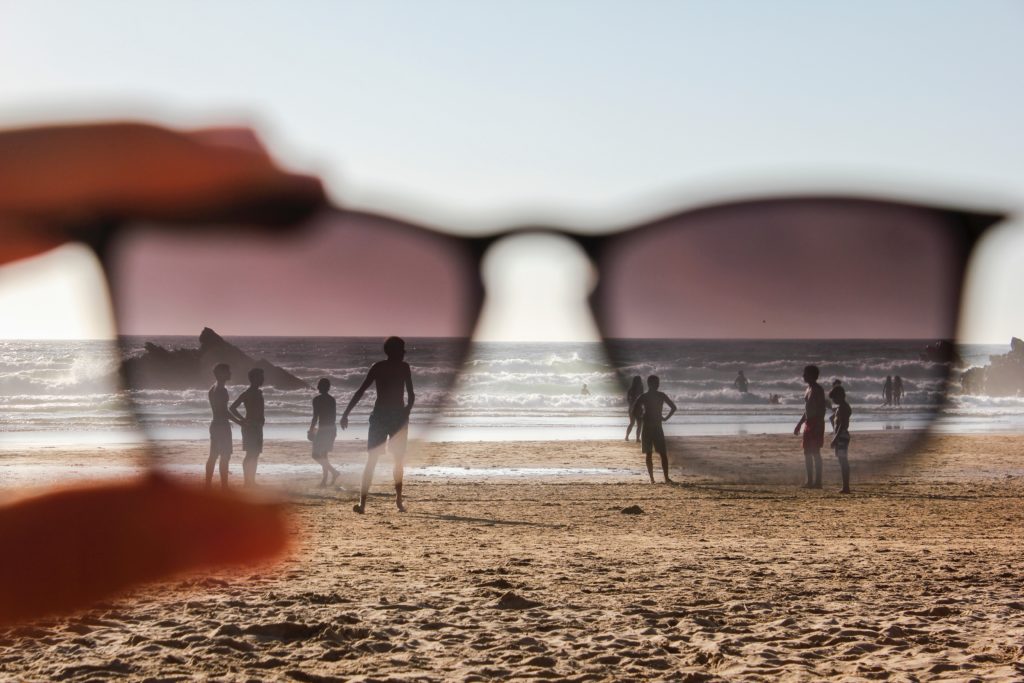
How else can I protect my eyes from UV?
UV protection on contact lenses
Some contact lenses also include UV light protection, check with your Optometrist if you think this is something you would like to have. Not all brands of contact lenses are manufactured with this extra layer of protection.
Even if your contact lenses have UV protection, remember that they aren’t able to protect the eye lids or the conjunctiva (the white parts of your eyes). Contact lenses with a UV component can only prevent the UV rays from reaching the cornea and the ocular tissues behind the cornea (like the lens, macula and the rest of the retina).
UV protection on clear spectacle lenses
Most plastic untreated spectacle lenses will block some UV light, but not all of it. Certain types of plastic, like polycarbonate or high index materials will block all UV light, even without an added tint.
Untreated glass spectacle lenses will block most UVB, but a good 75% of UVA can still pass through. So they do not offer enough UV protection to be considered safe.
At the time your spectacles are being made, you can ask for an extra UV coating to be added. These coatings can be added to your plastic or glass spectacle lenses, this will ensure 100% of the UV light is blocked, and it does not alter the colour or tint of your spectacles lenses.
Anti-reflective coatings and UV protection
Most prescription spectacle lenses these days come with an anti-reflective coating on the front surface of the lens. These coatings are great at making your lenses more transparent, giving a more cosmetically appealing look. Anti-reflective coatings help reduce reflections reaching your eyes, reflections from your computer screen or from oncoming car head lights.
In sunglasses, the anti-reflective coating is applied to the back surface of your spectacle lenses, it can reduce the UV exposure to your eyes by a further 1%.
Frame fit and how it can reduce your UV exposure
You may have lenses that block 100% of the UV light, but if light can get to your eye around the sides of your frame, you will still be getting some exposure.
Around 6% of the UV light that reaches your eyes gets there by passing between the frame and your face. The best way to reduce this particular exposure is to wear a wraparound frame or a fit over frame.
A frame that sits close to your eye or curves to mimic the shape of your face will block more UV light than frames that sit further from your face. So you can also reduce the UV exposure by making sure your spectacle frames are well fitted. Optometrists and Dispensing Opticians are trained to fit frames to faces, they can help you choose a frame that either sits well on you, or can be adjusted to obtain a better fit.
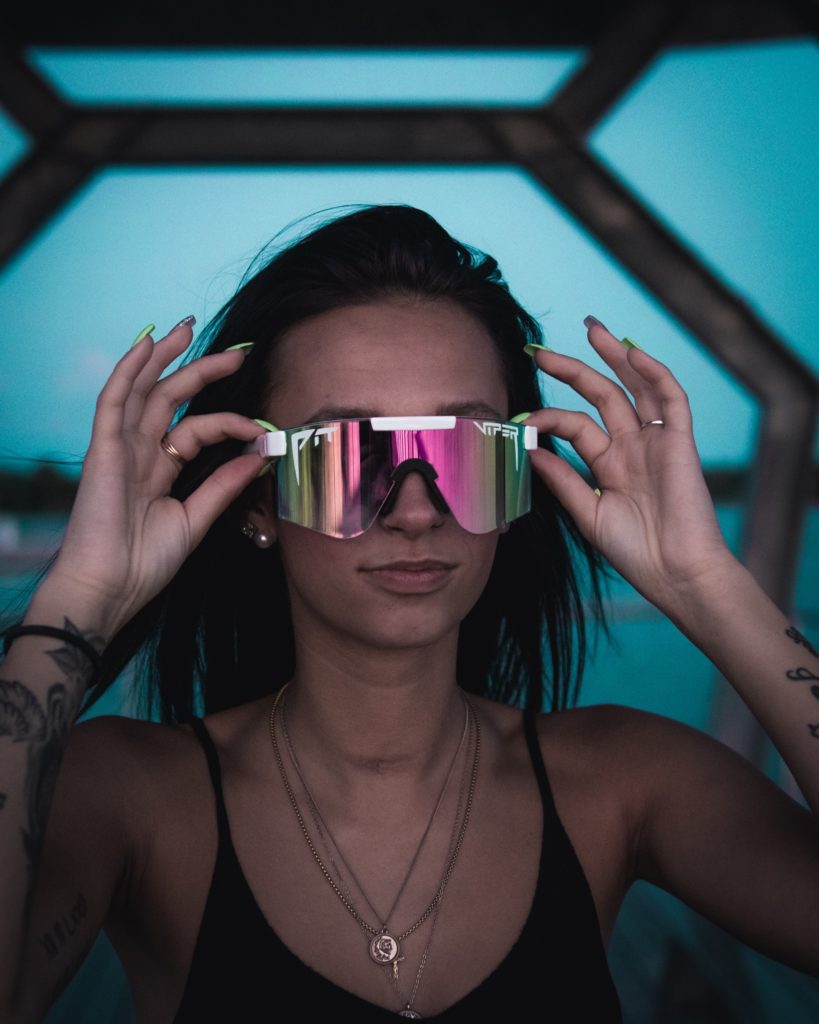
Where can I buy good sunglasses from?
Sunglasses can be purchased from many different retail and medical outlets. There are stores set up just to sell sunglasses but you can also buy them from your Optometrist, Pharmacy, Local Gas station, Supermarkets, the Warehouse and many Discount Bargain stores.
Recent consumer investigations have shown that you don’t have to buy expensive sunglasses to ensure you get full UV protection. Even cheaper sunglasses (less than $20) from Discount Bargain stores often have full UV protection.
When looking at cheaper brands, check that the two lenses are of a similar colour and darkness, look for a UV label and be wary of lightly tinted or unusually coloured lenses.
What do more expensive sunglasses offer?
More expensive sunglasses can offer much more than the cheaper options. First is longevity. More expensive sunglasses are made of materials that last longer, that can be repaired or adjusted. Cheaper sunglasses may not last long at all……but if you are someone who loses their sunglasses regularly, this may not be an issue for you.
More expensive sunglasses often have lenses that are more scratch resistant, they may offer added protective elements like anti-reflective coating or a more wrapped frame shape. More expensive sunglasses may possibly have polarised lenses. Polarised lenses do not offer greater protection, but many people find them visually more comfortable to wear.
Do darker sunglasses block more UV light?
A darker lens will block more visible light, but it doesn’t mean it will be any better at blocking UV light or other light on the non-visible spectrum.
Photo chromatic lenses, ones that darken as they are stimulated by UV light will block 100% of UV while they are in the dark phase. They will also block 100% UV light when they are in their clear state.
What coloured lens is best?
It isn’t really possible to say which sunglass colour is the best, a lot of it comes down to your personal preference. Some people choose a colour that suits the sunglass frame, or their own colouring and other people find some colours are more comfortable to look through than others.
The three main colour options are;
- Gray: Gray is the most popular colour used in New Zealand. It is considered colour neutral, so when you look through it, the tint reduces the amount of light you see but not how you perceive the colours around you. Gray tints reduce brightness and glare. Gray tints are the closest in colour to black….and Kiwis do have a love for black clothing, especially here in Wellington!
- Brown: Brown (Amber) tints are becoming more popular. The brown tint reduces glare as much as a gray lens, but it alters how you perceive colours by blocking blue light more than warmer colours, making things seem brighter, happier even. If you play outdoor sports you may find a brown lens improves contrast when you look at things with a green or blue background (like grass fields or sky).
- Green: Green tints have been made popular by brands such as Rayban. Think of green lenses as being the compromise between grey lenses and brown ones. Green lenses filter a little bit of blue light, so have some of the benefits of brown lenses. But since they don’t alter colours as much as Brown lenses, they behave more like Grey lenses.
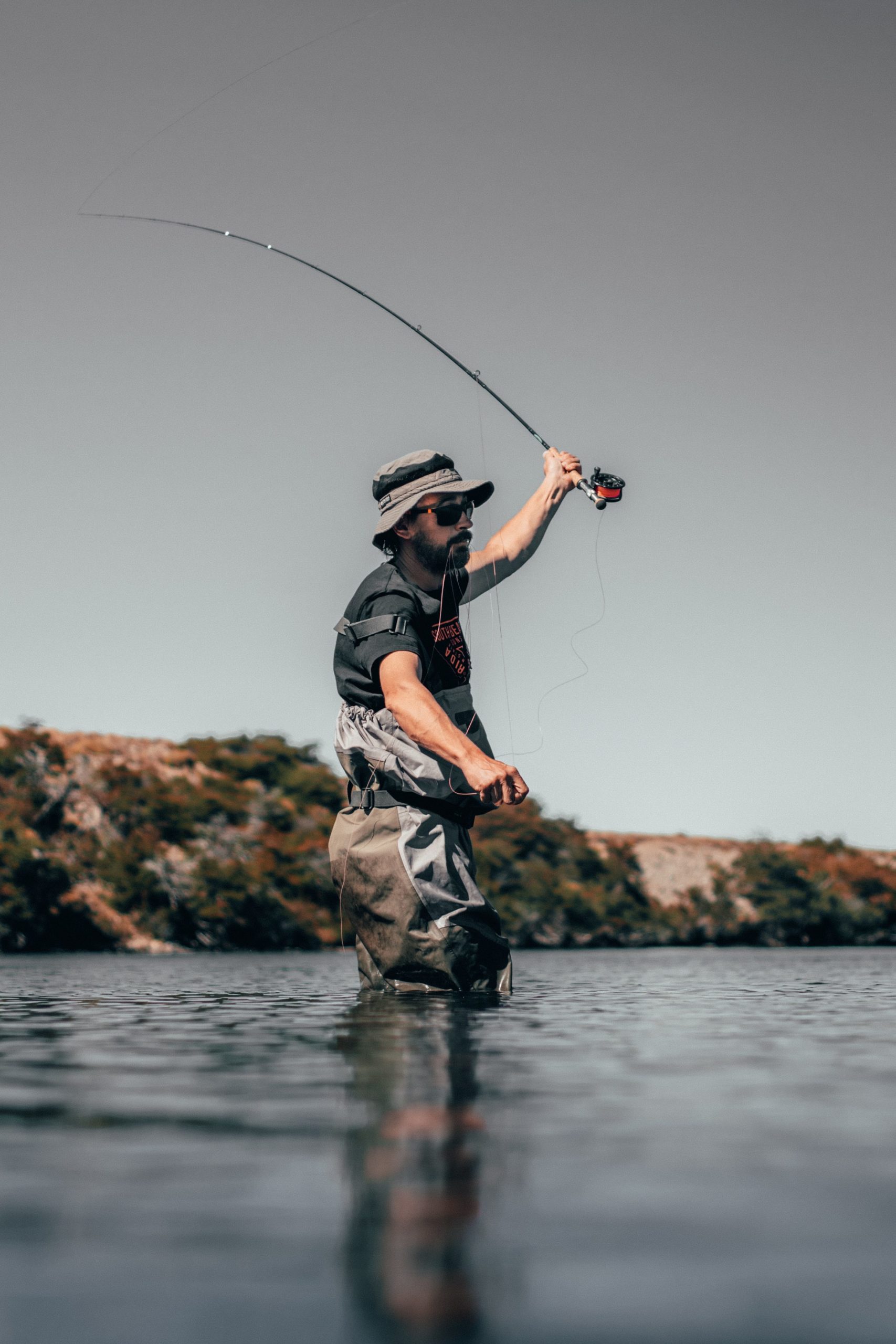
What are polarised sunglasses?
Polarised sunglasses block visible light like normal sunglasses, but they specifically filter out light that has been reflected off flat surfaces. Light that bounces off surfaces like water, car bonnets or from the road can be more annoying and debilitating than the bright light that comes direct from the sun. For this reason polarised lenses can improve your comfort and reduce that squinty feeling. Many wearers of polarised sunglasses find them just as helpful on overcast days when the glare from low cloud can be annoying.
Polarised lenses do not have any extra health benefits when it comes to UV protection. But they do have some lifestyle benefits. For fishing they can help you see beyond the surface of the water, allowing you to spot your next big catch!
What’s important in choosing sunglasses:
| Must have | Nice to have | Avoid |
| Full UV400 protection | Polarised Lenses | Sunglasses that are not labelled as UV400 |
| Adequate frame fit | Wrap around style and/or adjustable frame fit | Coatings that are peeling or flaking off the lens |
| Anti-reflective coating on the inside surface | Lenses that are not the same tint on both sides | |
| Quality frames that can be repaired | Very pale tinted lenses or unusually coloured lenses. |
Can I wear my sunglasses when driving at night?
Do you find the glare from oncoming car headlights distracting and blinding? Perhaps you even find street lighting a bother when night driving. If you do….DO NOT reach for the sunglasses. Even pale tinted sunglasses are a danger for night driving. The tint in the lens may reduce the glare but it is also restricting the total amount of light entering your eyes. And this light is important to enable you to see.
If you do suffer from glare issues when driving at night it could indicate a few issues. Many of which can be investigated by a full and thorough eye examination with an Optometrist or Ophthalmologist. It may be as simple as having your eyesight corrected with a pair of spectacles or contact lenses. For current wearers, it may mean you need to update your prescription (spectacles or contact lenses). It may be as simple as replacing a worn and scratched spectacle lens, or perhaps adding an antireflective coating.
Glare affects us more with certain eye pathologies, such as early cataract, macular degeneration, dry eyes or swelling of the cornea. These are all conditions your Optometrist or Ophthalmologist will routinely check for during a full eye examination.

Should I get sunglasses for my dog?
Dogs do not need sunglasses the same way humans do. Partly because the canine facial structure means that dogs’ eyes are deeply set in the skull, shading the eyes from the sun. Dogs don’t seem to develop UV related eye conditions, mainly because their life expectancy is so much shorter than humans.
Eye conditions in dogs, such as cataracts and glaucoma, are more likely to be caused by genetic factors rather than UV exposure. If a dog already has some eye issues, they might be more comfortable with sunglasses. But wearing them to prevent eye disease isn’t recommended. Wearing them to maximise the cuteness factor for your Instagram followers? No brainer!
If you have any questions about your eyesight or how laser eye surgery might benefit you, please get in touch. We’d love to help. Book a free assessment or call us on 0800 733 327.

Festive Season and Your Eyes

Vitamins For Good Eye Health and Vision
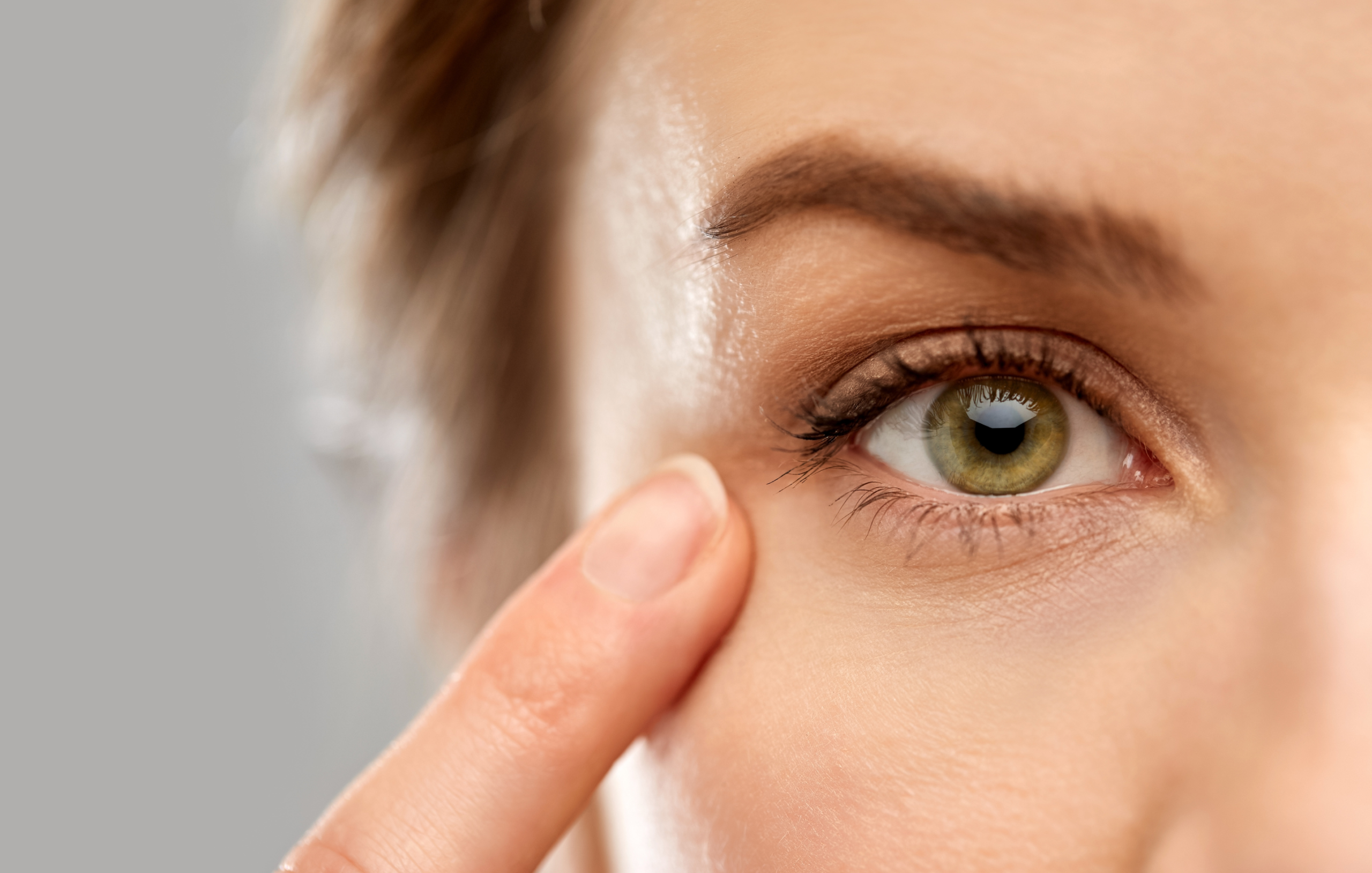
Help my eyelid is twitching!
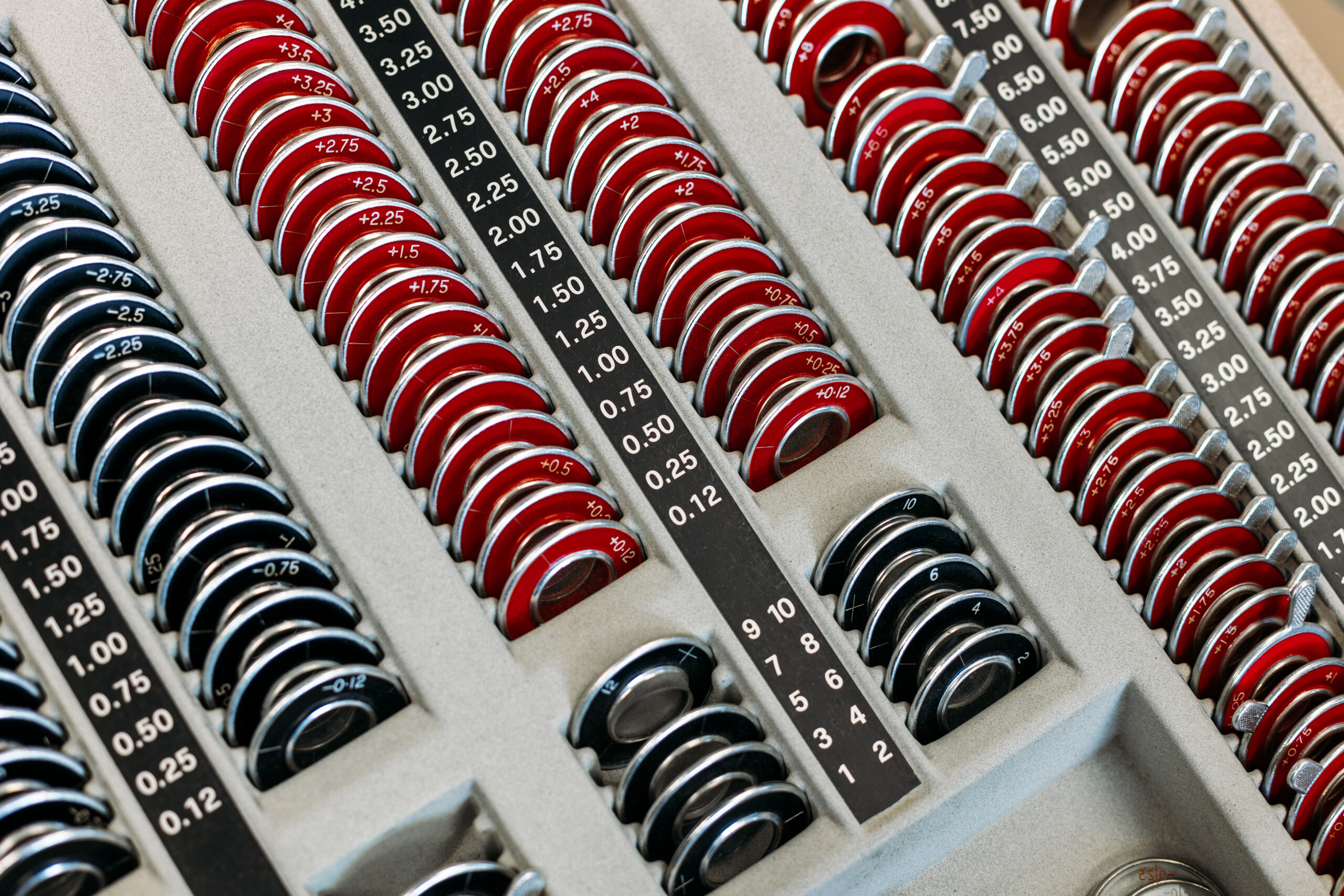
Do you need to have eye exams after laser eye surgery?
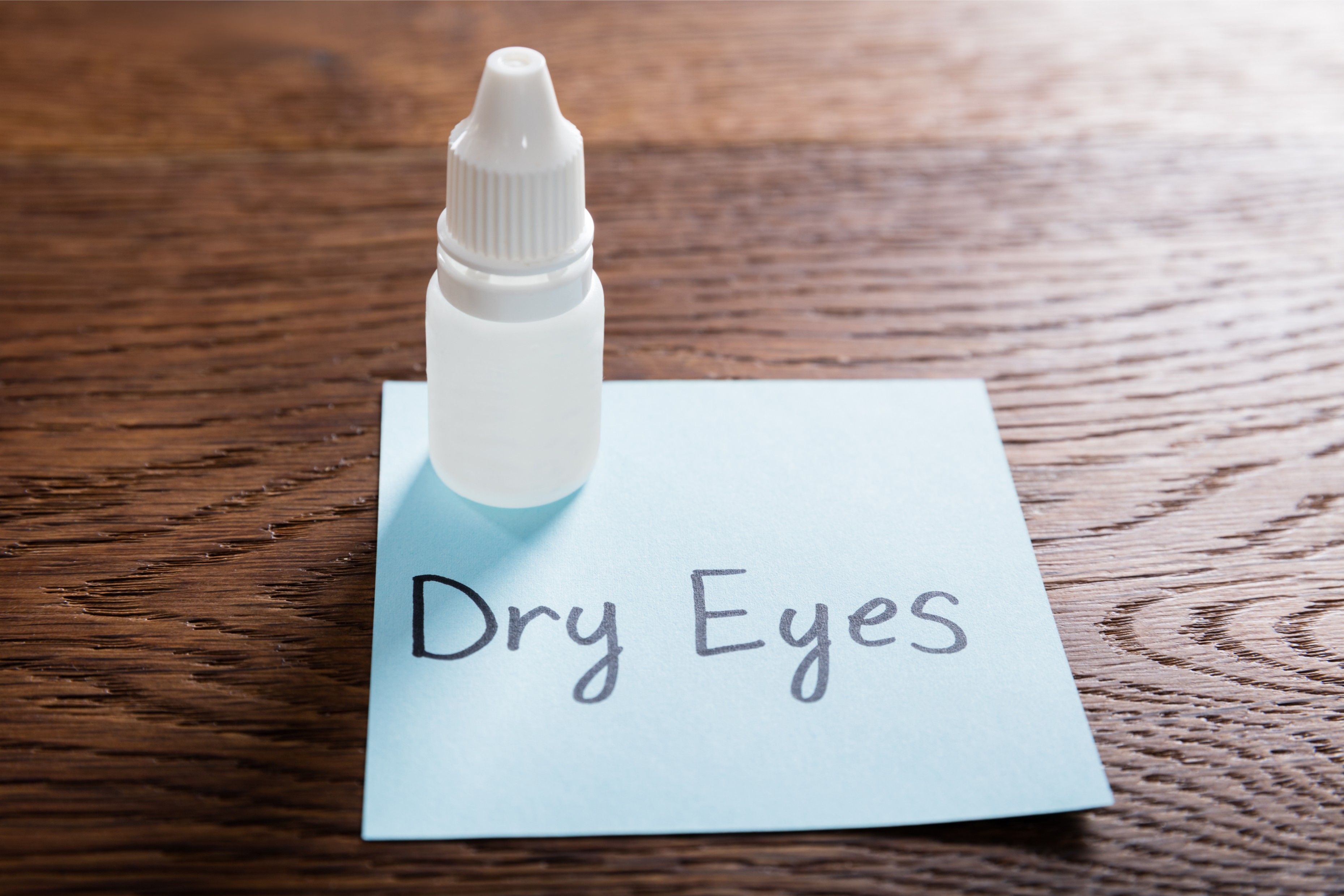
Restasis Eye Drops for the Treatment of Dry Eyes

Meet The Team at the Wellington Eye Centre

Festive Season and Your Eyes

Naumi Studio Hotel Wellington
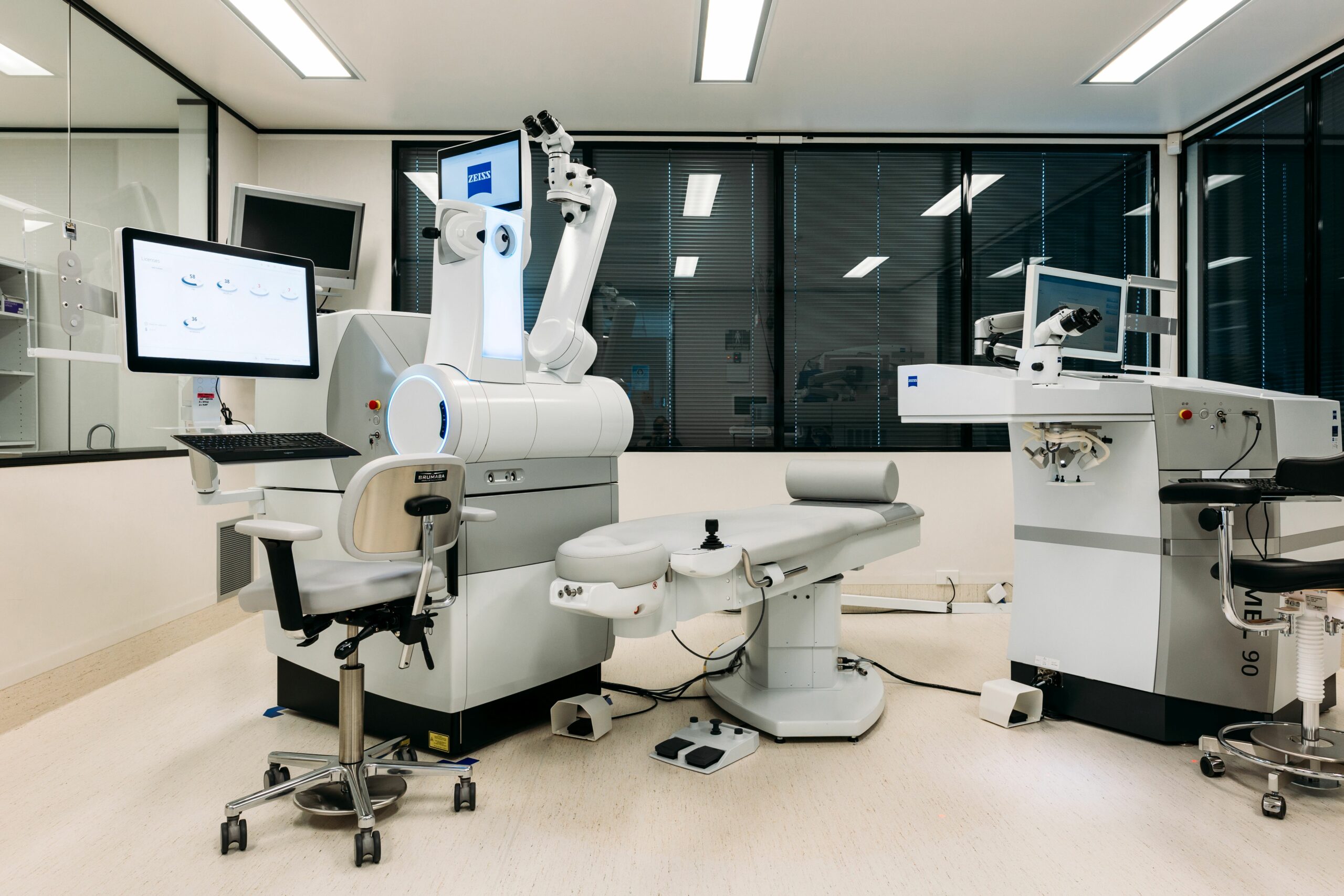
What to Expect on The Day of Surgery

